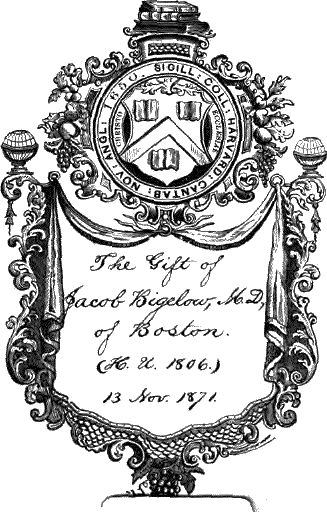PREFACE.
The work familiarly known as “MotherGoose’s Melodies” has the dignity of being already an undoubted classicamong the most incipient cultivators of literature in the United States.It is a compilation taken mostly from “Gammer Gurton’s Garland” or the“Nursery Parnassus,” an English child’s book about a century old, ofwhich various editions have been published in London, Glasgow, and otherplaces. It is stated in one of its late prefaces that it was originallyissued at Stockton in a small twopenny brochure, without date, printedby and for R. Christopher. Sir Harris Nicholas says it appeared inthe year 1783. The American “Mother Goose” contains many interpolatedarticles indigenous in the Westerniv hemisphere, which are of various, and some even of doubtful merit.
In England, the “Arundines Cami,” the “Sabrinæ Corolla,” and otherrepresentative works of distinguished seminaries, have occasionallydrawn on “Gammer Gurton” for materials of their classic versions. Theseversions are sometimes stately in their prosodial exactness, and atother times as playfully loose as the original English ditties first setto rhyme by Gurton and afterwards copied by Goose.*
The Chenodia, now first printed, an experiment for theauthor’s own amusement, partly in classic verse of various metres,partly in mediæval and unclassic rhyme, and partly, like the original
![ΧΗΝῼΔΙΑ [Greek: CHÊNÔIDIA] ΧΗΝῼΔΙΑ [Greek: CHÊNÔIDIA]](https://oldbook.b-cdn.net/kitaplar/3/pg28745-h/images/cover.jpg)

![[Handwritten:] By / Jacob Bigelow [Handwritten:] By / Jacob Bigelow](https://oldbook.b-cdn.net/kitaplar/3/pg28745-h/images/titlepage.png)